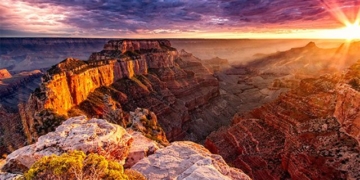More than 100 years after the discovery of a female mummy curled up in Bolivia, experts have determined that this individual had suffered from Coccidioidomycosis.
Scientists have found that a woman who was mummified in Bolivia nearly 800 years ago may have been infected with Coccidioidomycosis, also known as Valley Fever, as reported by IFL Science on August 20. This disease typically causes non-fatal respiratory issues, but in this case, it appears to have destroyed bone tissue and led to the patient’s death. The new research published in the journal Latin American Antiquity was conducted by a team of Italian specialists, including Ruggero D’Anastasio from the University of D’Annunzio Chieti-Pescara.

Ancient Andean mummies often have intentionally deformed skulls. (Photo: Adwo/Shutterstock).
Patients with Valley Fever contract the disease by inhaling spore-like cells from certain species of the fungus Coccidiodes. This non-contagious disease is prevalent in arid and semi-arid regions of the southwestern United States, as well as Central and South America. The illness typically arises from contact with soil or dust and primarily affects manual laborers.
Inhaling spore-like cells from Coccidioides fungi leads to an acute, pneumonia-like illness that can resolve on its own, according to the research team. However, 1% to 5% of Valley Fever cases may progress to severe chronic forms and can be fatal. In less than half of the cases where the disease spreads, the pathogen attacks the bones, causing significant damage to the skull and spine. Similar damage was found on the bones of the mummy.
The mummy was first discovered in a cave in western Bolivia in August 1897, later acquired by Italy, and is currently housed in the Anthropology Museum of the University of Federico II. Experts have dated the mummy to approximately 765 years ago and determined that it is a woman who died between the ages of 25 and 35. She was mummified in a seated, curled position, with her legs folded against her chest and her arms resting on her shoulders. Like other ancient Andean mummies, her abdomen was stuffed with coca leaves, and her skull was intentionally deformed to appear elongated.
Initially, researchers suspected that the mummy had tuberculosis (TB), a disease that appeared in the Andes in the 13th century and causes similar bone damage. However, upon closer examination, they found that the nature and location of the mummy’s lesions differed from those caused by tuberculosis, leading to the conclusion that the woman had Valley Fever.
“This diagnosis is particularly noteworthy because Coccidioidomycosis is primarily described as a disease associated with men’s work and has never been recorded in ancient western Bolivia. The detection of the pathogen in this mummy suggests that women may have engaged in manual labor and been exposed to dust in South America during the pre-Columbian era,” the research team wrote.


















































